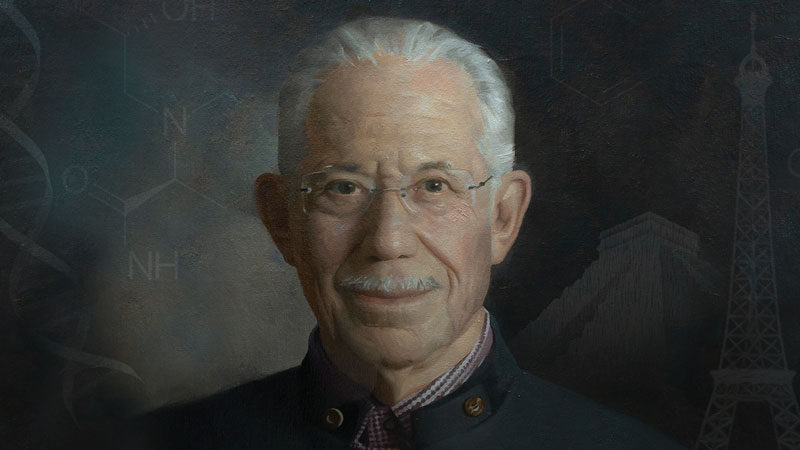How We Learn to Let Go of Fear
(Posted on Wednesday, September 10, 2025)
Imagine hearing a sound that once signaled danger. Your body tenses even if you know the threat is no longer present. This tension is a legacy of how fear learning shapes the brain powerfully. The process of extinction is the attempt to undo that learning, replacing it with new knowledge that the cue no longer means harm.
This effort to unlearn fear is no longer just theoretical; it can be observed directly in the brain. In a recent study, researchers asked patients with implanted brain electrodes to view images paired with an unpleasant scream. Later, the pairings changed. One “danger” image became safe. This switch allowed the scientists to watch how the brain rewired itself during extinction.
The amygdala, often described as the brain’s fear alarm, did not go quiet during this process. Instead, it produced a rhythmic pattern of activity in the theta range that marked safe cues. At the same time, the hippocampus and temporal cortex stabilized the memory of specific images, while the prefrontal cortex tracked the context in which they appeared. Fear was not erased. It was overruled by a richer conversation across brain regions.
The results of this study show that safety is not simply the absence of fear. It is an active signal that the brain must generate and maintain. This shift shows that extinction does not simply cancel old learning. It builds a new representation of safety that competes with the old fear.
Why Context Matters
Extinction is highly dependent on context. If someone learns that a feared situation is safe only in a carefully controlled environment, they may doubt that the benefit will transfer to home or work. The study revealed the reason why: When the prefrontal cortex coded the environment very specifically, extinction memories remained locked to that place. The moment the environment changed, the brain was more likely to replay the old fear memory.
But there was also a hopeful finding: When extinction memories were reinstated during testing, participants felt safer. This shows that the brain can replay safety, just as it replays fear. The challenge is to help the brain recall extinction memories across many settings, so safety becomes portable.
These findings are directly relevant to therapy. Exposure treatments for anxiety and phobias rely on extinction, but relapse is common. The research suggests therapy should deliberately vary locations and settings, so the brain learns that safety applies broadly, not just in one place. Techniques that strengthen memory rhythms or link safety to distinctive cues may also help.
Letting Go as an Act of Creation
Fear learning is simple: This means danger. Extinction is more complicated: It meant danger before, but not now, not here. Creating that story requires effort from multiple brain systems. It takes time, rehearsal, and supportive environments.
Extinction is not about forgetting past fears. It is about teaching the brain a new story, one where safety has its own voice. When that story is told often enough, and in enough places, fear loosens its grip. The mind learns not only to survive, but to stand down, to rest, and to feel safe again.

